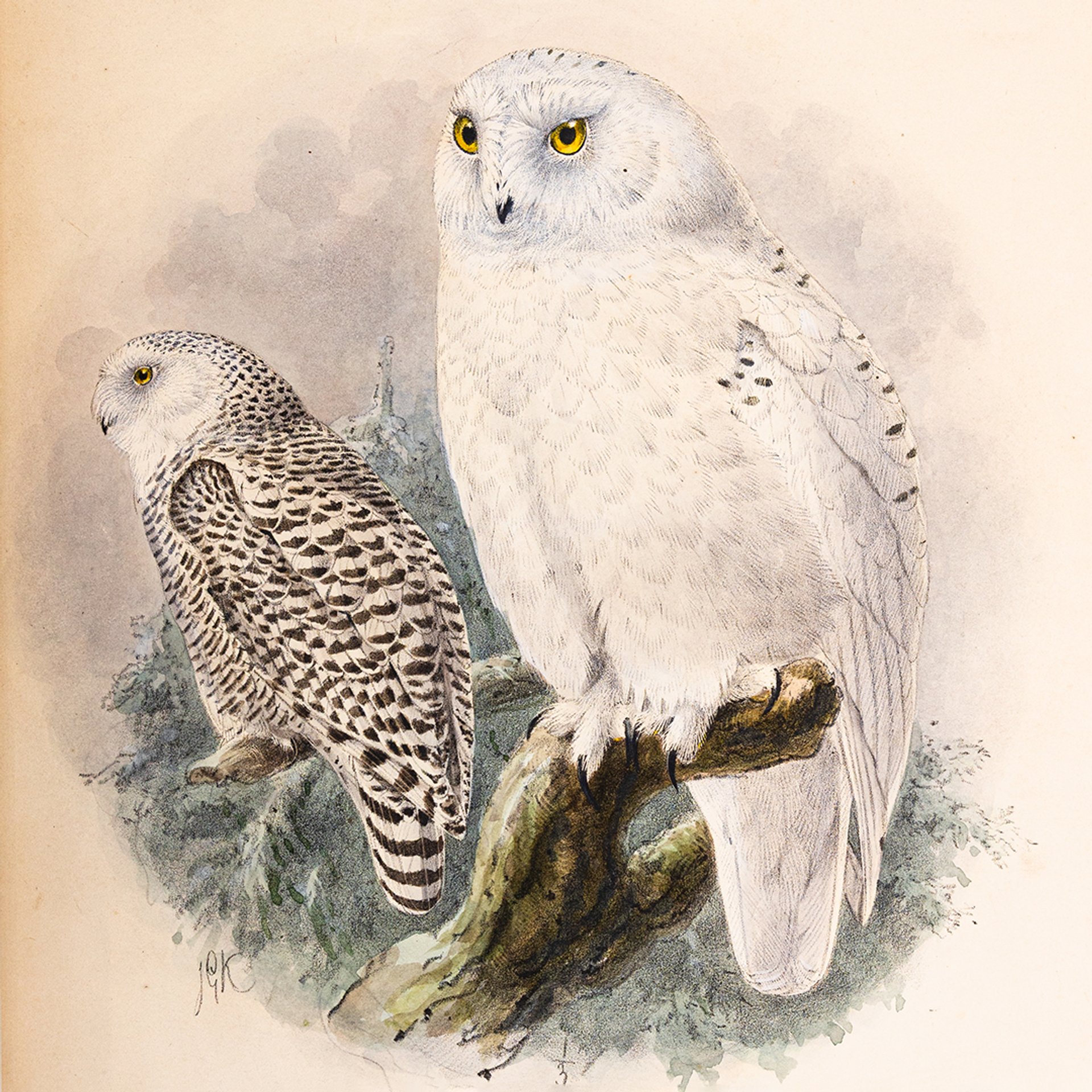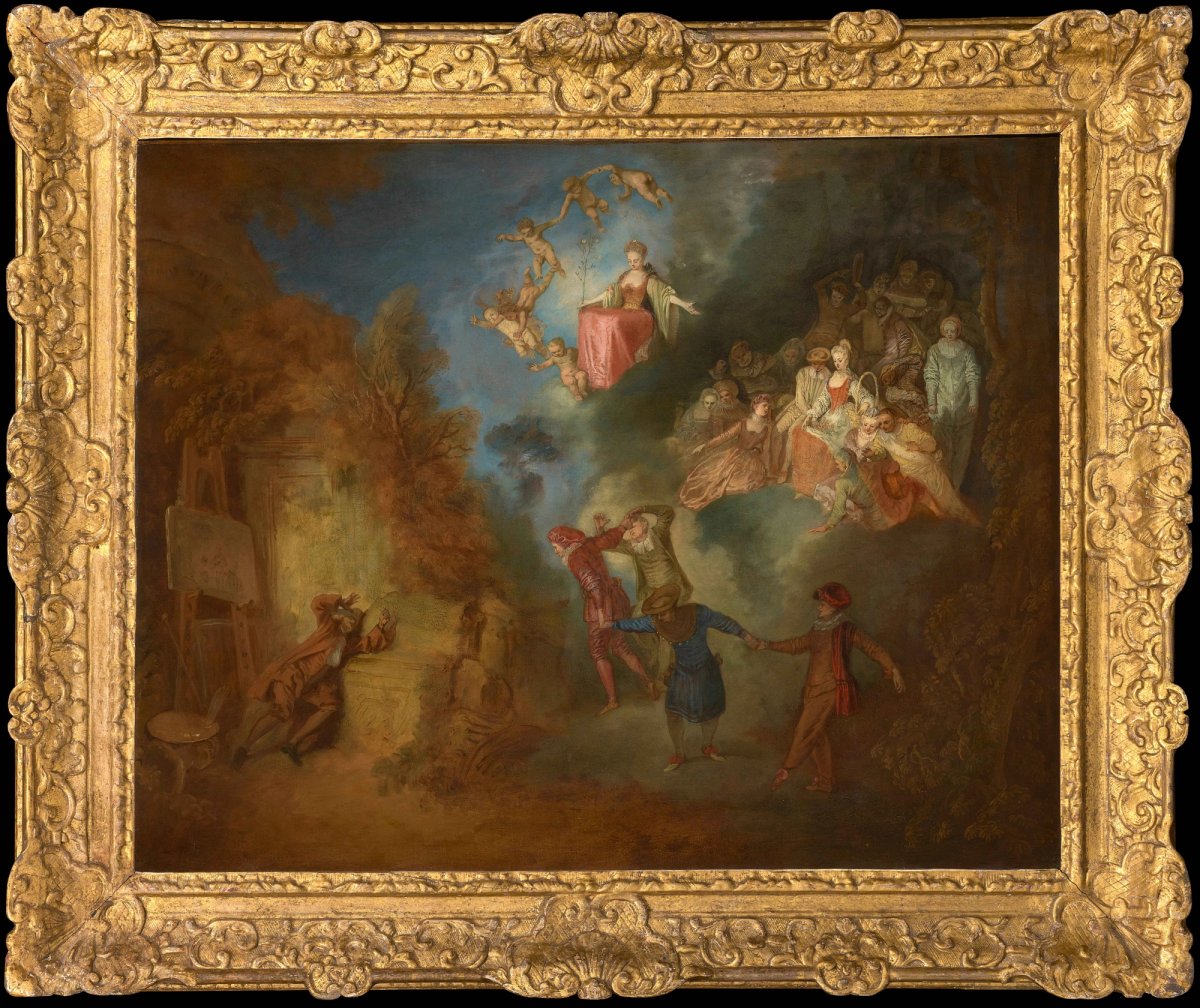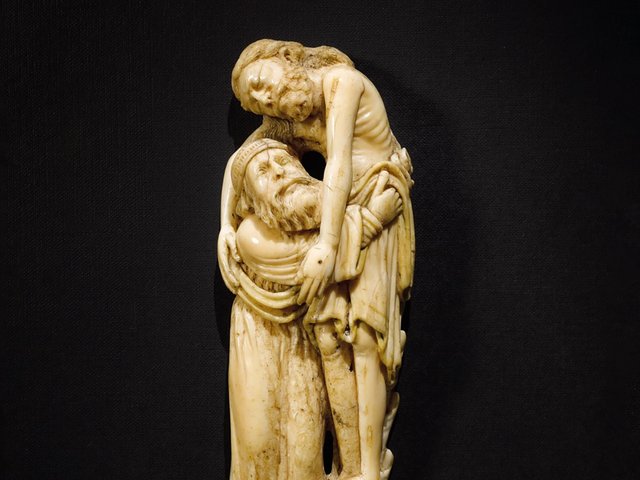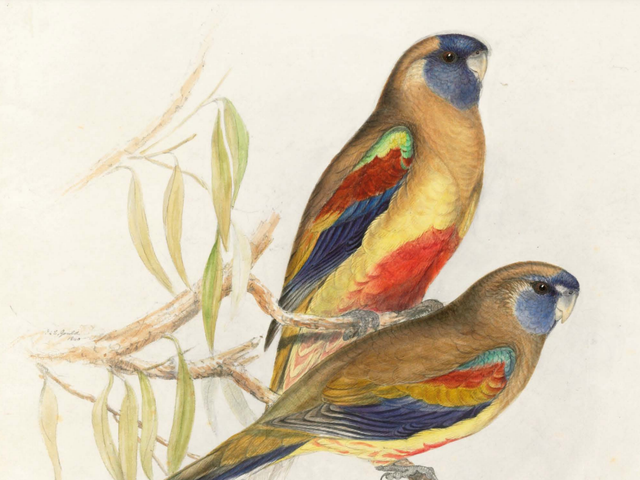The latest UK annual report on the export of major works of art reveals that it has been a particularly difficult year for saving expensive items. In 2024-25 only 1% (by value) of artworks with deferred export licences were acquired by UK museums, compared with 44% the year before and 24% in 2022-23.
Among the most important of the six items saved this year were the Second World War notebooks of the computer-science pioneer Alan Turing. Valued at £398,000, they were acquired by King’s College, Cambridge. Apart from a copy of Henry Dresser’s 17-volume illustrated A History of the Birds of Europe (1871-96, £127,000) which went to the University of Manchester, the other items were each valued at £20,000 or less.

An image from H. E. Dresser’s A history of the birds of Europe (1871-96) which was sold to the University of Manchester for £127,000 © Manchester Museum
Altogether the saved items were worth £586,000, according to the latest annual report of the Reviewing Committee on the Export of Works of Art and Objects of Cultural Interest. This official committee is administered by Arts Council England.
The most expensive items for which no UK museum made an offer to buy—and so export licences were issued—were a Louis XIV table top attributed to Bernard Perrot (1668-81, £7.5m), Antoine Watteau’s painting La Rêve de l’Artiste (around 1710, £6m) and the Fairhaven Panels by De Vély (1685-1702, £1.6m).
It is significant that three of the items for which a decision was deferred—and then a license granted—relate to slavery. A marching banner commemorating the Slavery Abolition Act of 1833, valued at £45,000, was exported to the US because no offer was made by a UK museum.
A pair of paintings by Agostino Brunias depicting “Black Caribs” or “Charaibes”—terms used in the 18th century to describe inhabitants of the island of Saint Vincent— together valued at £420,000, went to the Netherlands.
Notably, of the 15 items deferred, 13 had been bought (subject to export licences) by US buyers, a sign of the country’s importance for such items for the UK art market. Two were destined for the Netherlands, and one each for France, Latvia and Hong Kong. The total value of the lost works was £17m.
There are three outstanding cases, where museums are still able to make offers (these were valued at a total of £22.4m). Two are for expensive paintings, which are likely to end up abroad: Sandro Botticelli’s The Virgin Child enthroned (early 1470s, £10.8m) and Peter Paul Rubens’ Cimon falling in love with Efigenia (1616-17, £8.4m).
The key work still under deferral is Barbara Hepworth’s Sculpture with Colour (1943, £3.7m). A vigorous fundraising campaign is now under way for it to go to The Hepworth, Wakefield, with Art Fund support. So far all but £440,000 has been raised. The export licence deferral deadline is 27 August.




